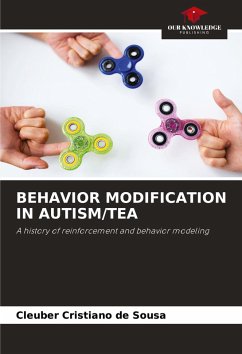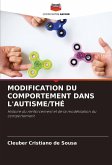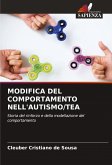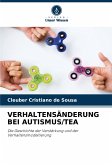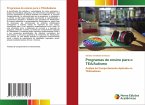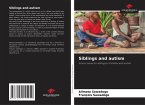Children/learners or adults diagnosed with ASD/autism may experience greater or lesser difficulties depending on the level of severity manifested in the disorder and its symptoms and comorbidities. For example, if a learner with inappropriate behavior with a barrier assessment classified as persistent or severe is the subject of a behavior modification, they will have to be reinforced by appropriate behavior either in an alternative differential reinforcement procedure (DRA), incompatible (DRI), other behavior (DRO), low rates (DRL) or high rates (DRH). Thus, the modification of an undesirable behavior or the positive reinforcement of a desirable behavior occurs through differential reinforcement in operant conditioning. It is from the studies on operant conditioning by Frederic Burrhus Skinner (1957) that we obtain the principles for using this conditioning. Most human behaviors can be modeled. These operant behaviors are positively or negatively reinforced, increasing the likelihood of their occurrence in the future.
Bitte wählen Sie Ihr Anliegen aus.
Rechnungen
Retourenschein anfordern
Bestellstatus
Storno

